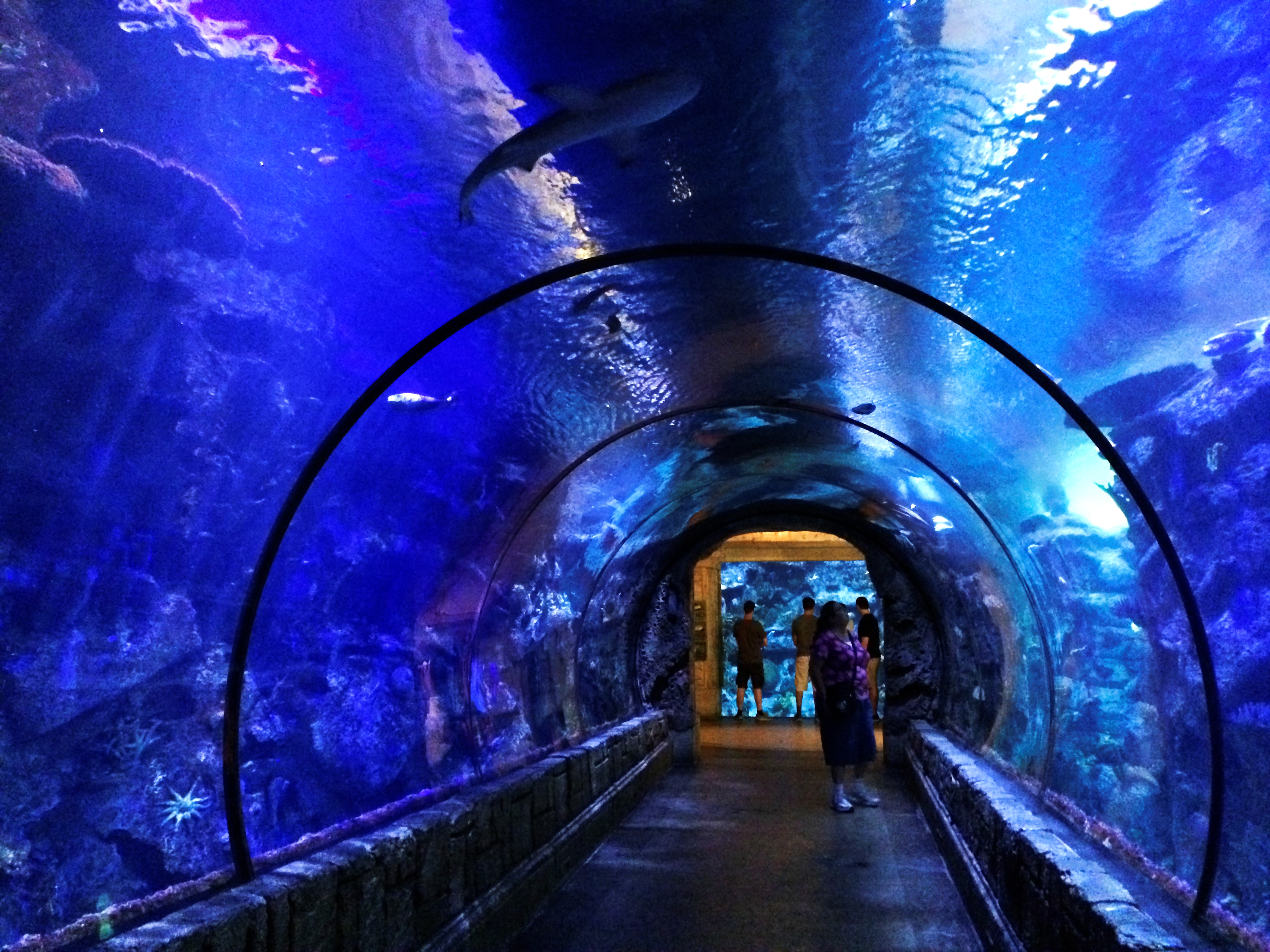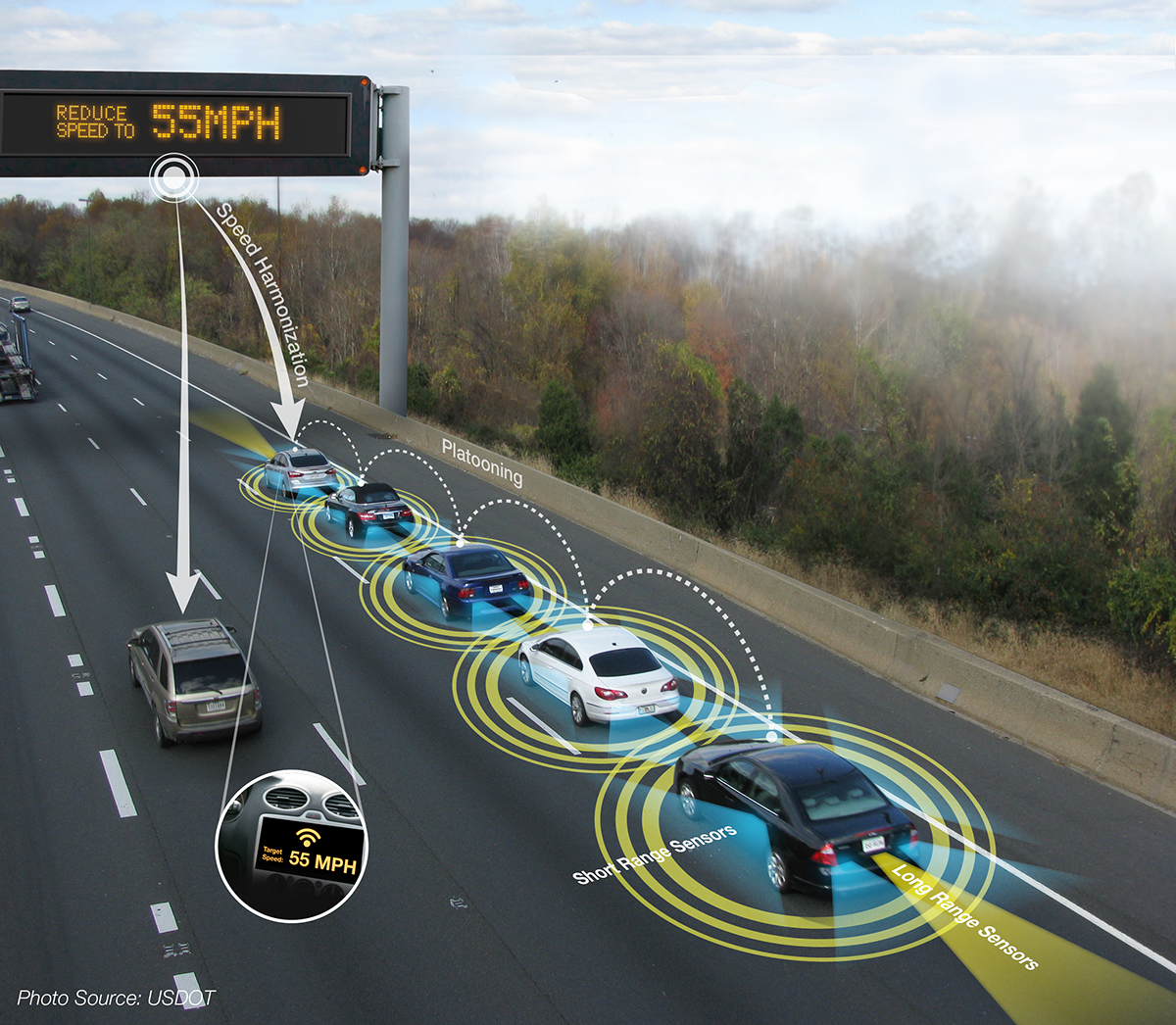
Walking on water takes a miracle, but walking through water requires excellent planning. When the Channel Tunnel was first designed, over a luncheon meeting in New York City hosted by Frank P. Davidson, Thomas Lamont, and representatives of Bechtel, Brown & Root, and Morrison Knudsen Company, a 1959 decision saved lives in 2022. The group engaged Charles Dunn of International Engineering Company of San Francisco, CA, to design the project. Dunn added a service tunnel. It was not mandatory, but it proved prescient.
The three tunnels under the Channel (in French, “La Manche”) are a north-running tunnel, a south-running tunnel, and – between them – a service tunnel. During an August 2022 incident, a train experienced an alarm warning, stopped, and held for assessment. Passengers walked for 15 minutes from the rail shuttle to a freight train that conveyed them through and out of the service tunnel. That freight train did not have the usual accommodation for passengers: no elegant meal service, not even seats. But with Dunn’s design, the service tunnel, and its freight train did provide safety. When passengers arrived in Folkestone, terminal restaurants welcomed them with free food and beverages.

The service tunnel in the Channel Tunnel has proven its worth before. In 1996, a fire broke out in the Channel Tunnel when a train carrying heavy goods vehicles (there are passenger trains as well as freight trains carrying trucks) sparked a fire. The train was brought to a controlled stop adjacent to an entrance to the service tunnel. While there were no reported fatalities, some people suffered from smoke inhalation. The fire was fought by English and French teams who extinguished the flames after considerable effort. Tunnel repair was carried out by Freyssinet, a French engineering firm. Bi-national Channel Tunnel Safety Authority (CTSA) chaired one of three inquiries: the result was regular bi-national team practice exercises and shared operational procedures. In 2008, a fire in the Chunnel, started by a truck that spread to other vehicles, caused damage but no fatalities or serious injuries. It is worth noting that when the Channel Tunnel project began, the service tunnel was the first built.

How can the Channel Tunnel’s design inspire the future? Japan, home to many tunnels that connect the nation composed of four main islands – Hokkaido, Honshu, Kyushu, and Shikoku – is currently planning a new tunnel across the Tsugaru Strait for automobile traffic between Honshu and Hokkaido. The tunnel would span 31 kilometers (19. 26 miles) and cost about $7 billion (720 billion yen). In the new Tsugaru Strait tunnel, there will be two decks: the top for autonomous vehicles like self-driving cars; the lower for freight trains. Economic benefits include increased ability to transport agricultural produce from Hokkaido, estimated at 34 billion yen ($249 million). The project will take 15 years to build; construction costs would be recouped in 32 years. Tolls are estimated to be 9,000 yen for cars ($65).

Tsugaru Strait is also the location of Japan’s Seikan Tunnel, serving only trains; it was not built with a separate escape or service tunnel, but with two emergency escape points in the system, Tappi-Kaitei station and Toshioka-Kaitei station. Shinkansen trains in Japan’s high speed rail network use the Seikan system. Fifty trains traverse the Seikan Tunnel every day, and night trains offer sleeping accommodation. Seikan suffered inundation accidents during construction but no fatalities.

Other tunnels around the world have experienced accidents, fires, and floods. In Hong Kong, the Cross-Harbour Tunnel was the first built there for underwater transit; in 2019, protestors set fire to tollbooths, causing the tunnel to close but avoiding any fatalities. In 1991, two trains collided in the Severn Tunnel joining England and Wales; 185 passengers were injured but none fatally. In 1999, a fire in the Mont Blanc Tunnel joining France, Italy, and Switzerland, caused 39 deaths and 14 non-fatal injuries. These examples point out the wisdom of Dunn’s design of an extra service tunnel for the Channel Tunnel.

In a time of budget cuts, along with an increased focus on transportation infrastructure, this week’s Channel Tunnel problem and its successful rescue solution may serve to underscore the importance of safety, and its support by budget and planning. In a new era when safety measures for autonomous vehicles and driverless cars are forefront, Japan’s new tunnel may set an important example for tunnel transport infrastructure for autonomous vehicles. What safety measures should be included?
Bove, Tristan. “Passengers forced to walk through ‘terrifying’ emergency tunnel under the sea after France-England train breaks down.” 24 August 2022. Fortune. https://fortune.com/2022/08/24/eurotunnl-evacuation-passengers-walk-terrifying-service-tunnel-between-france-england/
Davidson, Frank P. and K. Lusk Brooke. “The Channel Tunnel,” pages 761-804, Building the World (2006) ISBN: 0313333742.
Failure Knowledge Database. “Train Fie in Hokuriku Tunnel.” http://www.shippai.org/fkd/en/cfen/CA1000605.html
Rosenberg, Jennifer. “How the Channel Tunnel Was Built and Designed.” 12 August 2019. ThoughtCo. https://www.thoughtco.com/the-channel-tunnel-1779429
Takahashi, Toru. “$7bn plan for new Japan undersea tunnel warms up after years on ice: Project would allow auto traffic between Honshu and Hokkaido.” 3 January 2021. Nikkei Asia. https://asia.nikkei.com/Business/Engineering-Construction/7bn-plan-for-new-Japan-undersea-tunnel-warms-up-after-years-on-ice
Building the World Blog by Kathleen Lusk Brooke and Zoe G. Quinn is licensed under a Creative Commons Attribution-NonCommercial-NoDerivs 3.0 Un

Hello I am interested in finding out who wrote this article please.
Hello, Rosemary, I am the author. How may I be of help to you? Please let me know your interests.
Thanks, Kathleen Lusk Brooke, PhD